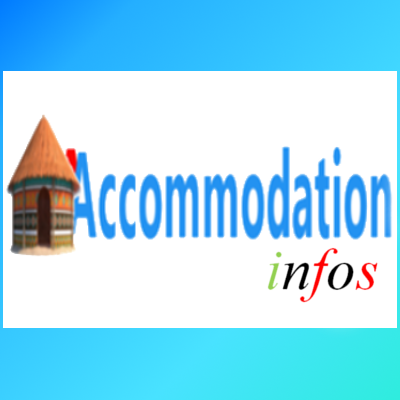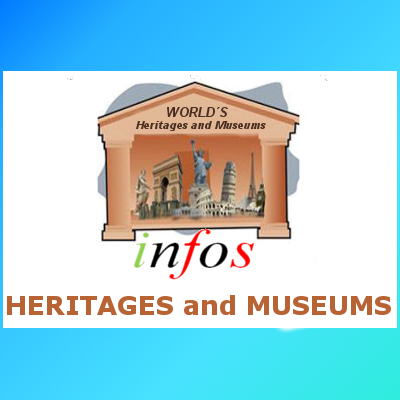What You Need To Know
Copenhagen, Denmark’s capital, sits on the coastal islands of Zealand and Amager, linked to Malmo in southern Sweden by the Öresund Bridge. Indre By, the central district, contains 18th-century, rococo Frederiksstaden, home to the royal family’s Amalienborg Palace. The city’s center also has the Christiansborg parliament building and the Renaissance Rosenborg Castle, which has a museum of royal artifacts and a popular garden.
Because of the fascinating architecture, many parks, gourmet restaurants and other attractions Copenhagen is a very popular place to be. Copenhagen has been nominated the best city by several organizations for livability, sustainability and other factors.
Area: 34.07 mi²
Population: 562,379
Currency
- The currency of denmark is the Danish krone
- In Copenhagen major credit cards are widely accepted at hotels, stores, cafes and restaurants. It is a good idea always to ask beforehand though. Some places might charge a fee when accepting foreign credit cards as payment. Be sure to bring your PIN code and a picture ID when using a credit card in Denmark.
- ATMs offer a convenient way of withdrawing Danish money on a credit or debit card. Most banks have ATMs outside that are open 24 hours. All major cards are accepted.
- Banks are open from 09:30 to 16:00 on weekdays with late hours until 18:00 on Thursdays (closed Saturdays and Sundays). There are numerous cash machines throughout the city and the plentiful bureaux de change are open during weekends, for example Forex at Nørreport Station and Copenhagen Central Station.
- Personal cheques made out by foreign visitors are normally not accepted, but banks cash Euro cheques and recognised traveller’s cheques at a fee.
Weather
Copenhagen experiences unstable and changing weather patterns in all four seasons, as well as temperatures about 5 degrees higher than average for its latitude worldwide. The main reason for this warmth is the Atlantic Gulf Stream. Precipitation is moderate throughout the year, with a small peak during June to August. Snowfall occurs mainly from late December until early March, but snow cover seldom lasts long. Rain during these months is as common as snow, and the average temperatures for the winter months is near the freezing point.
Language
The Kingdom of Denmark has only one official language, Danish, the national language of the Danish people, but there are several minority languages spoken through the territory. These include German, Faroese, and Greenlandic.
A large majority (86) of Danes also speak English as a second language; it is mandatory for Danish students to learn from the first grade in Folkeskole. In the fifth grade of Folkeskole, a third language option is given, usually German or French. The vast majority pick German (47 of Danes report being able to speak conversational German). The third most widely understood language is Swedish, with 13 of Danes reporting to be able to speak it.
Health and security
- A visitor to Denmark faces no special health hazards as the overall health conditions are excellent. No special inoculations are required. Any needed immunization is available in Copenhagen. Although Danish law is strict about commercial processing, cooking, handling, and serving of foods, consumers are advised to show caution when using eggs and preparing poultry, as salmonella bacteria may be been found in these products from time to time. Milk and all tap water is safe to drink.
- Danish medical care is of high quality and is comparable to the medical care one finds throughout Western Europe. Diagnostic laboratories and specialists are available in all fields of medicine.. Hospitals are well equipped, and doctors and dentists speak at least some English.The system for providing care in Denmark is different from that in the United States.
Danish citizens and permanent residents of Denmark qualify for free hospitalization and medical treatment under the Danish National Health Service. However, medical treatment and hospital care, covered by the Danish National Health Service, may require referral from a general practitioner, which often creates long waiting periods. - Copenhagen is in general a safe city to visit. But just like in any other city, you should take certain precautions, Around Copenhagen Central Station you should pay extra attention to pickpockets. The area around City Hall Square and the beginning of Strøget (the pedestrian street) is very busy, and also an area to be aware of thieves.
Strøget, City Hall Square and Gothersgade can be crowded areas by night – especially during weekends.
On a few rare occasions, tourists have been scammed by fake police offers. The victims have either paid on-the-spot fines for “breaking the law” or have been frisked and unknowingly robbed. If contacted by a police officer, demand to see legit identification.
DON’T
- be aware that the distance between the airport to the central railway station is the high risk of pickpockets etc. take care of your suitcases and belonging, do not leave anything unattended and keep your wallet and valuables in safe pockets.
In some areas downtown you might observe or might not prostitution activities, best is to ignore it, if you are not intent to be a customer they wouldn’t waste their time on you so you will be total ignored which is the best way to avoid any situation. - Always cross the road at pedestrian crossings and always wait for the little green man to turn green,do not cross when red as 1.there is likely to be traffic heading your way,and 2.you can be fined on the spot as its classed as jaywalking,the Danes take this very seriously,you have been warned.
DO
- With many building entrances set lower than street level, you will encounter many steps immediately adjacent to pavements in Copenhagen.
A night out with friends, partaking of local brews may put you not quite stable on your feet, so be careful that you mind these entrances and don’t end up falling down one!










